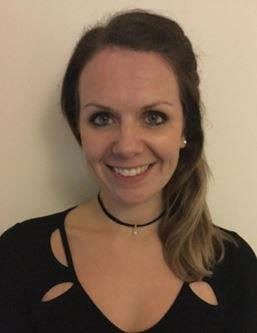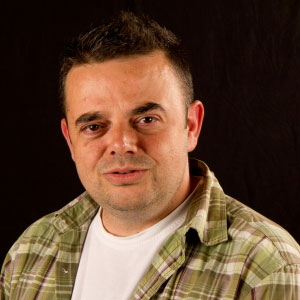Background
Some ICU patients require prolonged mechanical ventilation. The process of liberating a patient from mechanical ventilation is termed “weaning”. Like many aspects of physical training, there is no universally accepted formula for weaning and it is part of the overall rehabilitation process in ICU. To best understand the factors affecting the weaning process for patients, it is first and foremost necessary to ensure that weaning-associated data, including ventilatory support and respiratory pattern parameters, supported by information illustrating decision-making processes, are recorded accurately and are easy to interpret. It is proposed that a prototype electronic version of the paper weaning chart, termed the “Digitally Enhanced Liberation from VEntilation” or “DELVE” system could allow clinical prescription of the weaning plan and an accurate record of patient performance and adherence to the weaning plan.
Method
This is feasibility study will collect data to support the development of a future clinical trial. This study will be a mixed-methods feasibility study of the introduction of the DELVE system to the ICU over a 9 month period. Quantitative data collection on patient recruitment and device usage will be supported by qualitative methods to assess user acceptance and experience, where the users are members of the multidisciplinary clinical team on the ICU. This study follows the guidance on developing and evaluating complex interventions provided by the Medical Research Council. During the study, the DELVE system will be used in parallel with standard care, including the paper-based “Weaning Chart” and patient records. This study will directly compare the usability, benefits and potential limitations of the DELVE system compared to current practice of weaning prescription and record of progress.


